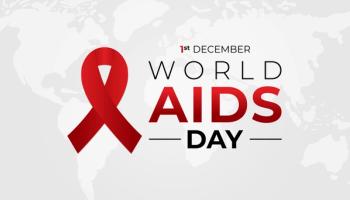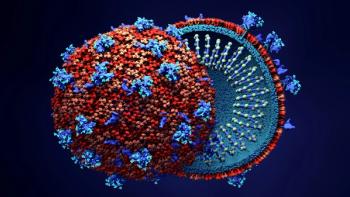
First Known Case of HIV Remission for Woman After Stem Cell Transplant
Woman received cord blood stem cell transplant as a treatment for acute myeloid leukemia. No detectable levels of HIV were found for 14 months after cessation of antiretroviral therapy.
Although there have been two previous known cases of HIV remission involving stem cell transplant in men, researchers have reported the first-ever case of a woman going into remissions went following a transplant.
The
The woman had been on antiretroviral for four years at the time of her acute myeloid leukemia diagnosis and achieved acute myeloid leukemia remission after chemotherapy.
In 2017, the woman received a transplant of CCR5Δ32/Δ32 cord blood stem cells supplemented with adult donor cells from a relative. Once receiving the transplant, she engrafted with 100% cord blood cells at day 100 and had no detectable HIV. By 37 months post-transplant, she ceased ART.
It was pointed out by the researchers that prior to her receiving the stem cell transplant, the woman’s HIV was well controlled but detectable. The study team also noted that there were no traces of HIV in the participant for 14 months, aside for a transient detection of trace levels of HIV DNA in the woman’s blood cells at 14 weeks after stopping ART.
“This study provides hope for the use of cord blood cells or a combination of cord blood cells and haploidentical grafts to achieve HIV-1 remission for individuals requiring transplantation for other diseases,” Bryson said in a statement. “It also provides proof that HIV-1 viral ‘reservoirs’ can be cleared sufficiently to afford remission and possibly cure in the setting of resistant target cells.”
Although the CCR5Δ32/Δ32 mutation is rare, cord blood banks may provide a previously untapped resource, according to the researchers, and the combination therapy would enable clinicians to take advantage of the unique benefits offered by each type of graft for more diverse populations.
The previous two incidents of HIV remission resulting from a stem cell transplant occurred in a
The third case of HIV remission suggests that CCR5Δ32/Δ32 cord stem cell transplantation should be considered to achieve HIV remission and cure for people living with HIV who require such a transplant for other diseases, Bryson said.
Newsletter
Get the latest industry news, event updates, and more from Managed healthcare Executive.


















































